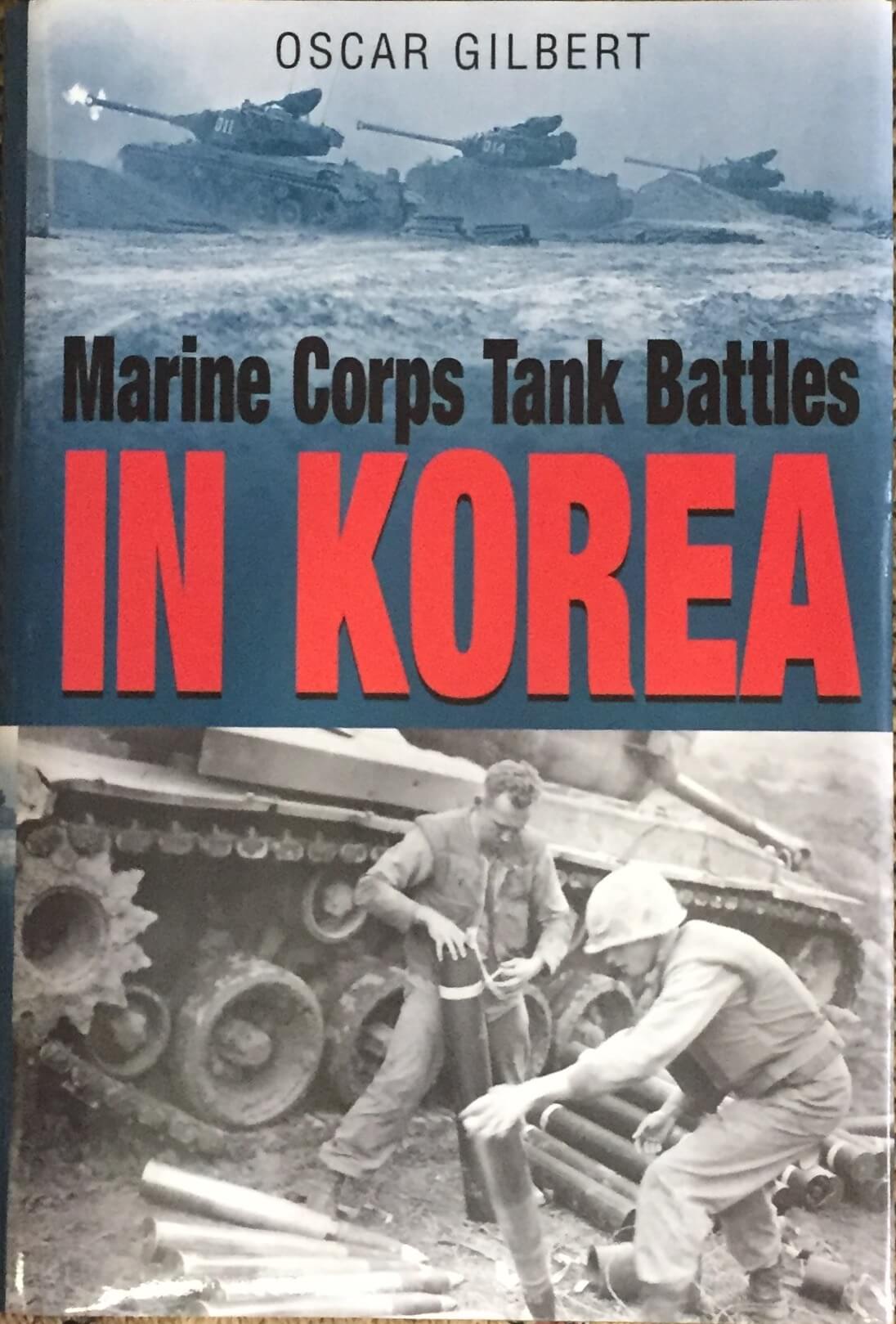

Harris to X Corps Headquarters and ordered him to move his regiment back to the Port of Pusan in Korea. In late October 1950, Major General Edward Almond summoned Colonel William W. “I wouldn’t go where you are being sent…” And of course, there are elders like Pepita, who remember those days with a mix of sadness and pride. Army infantry regiment composed mostly of Puerto Ricans is barely known beyond small circles of surviving Puerto Rican soldiers who participated in this battle, their descendants, and a few scholars and activists who study the history of this Puerto Rican regiment, known as the Borinqueneers. Though the story of the 1st Marines Division and their desperate escape from encirclement in the Chosin Reservoir is well-known, and deservedly so, the role played in this ordeal by a U.S. In the Fall of 1950, a rude awakening shook the United Nations command fighting in Korea led by the United States. Local newspapers sold out as soon as they came out with news of los muchachos.” Instead, Puerto Ricans were glued to their radios at home and in colmados and local bars.

Puerto Rican soldiers, “our boys,” as she put it, were in peril and no one dare to celebrate. It had been the saddest she could remember.

In one of those conversations with Pepita Medina, an elder woman in Puerto Rico, she told me about the 1950s’ Christmas. I have always liked listening to elders for they convey all the wisdom, emotions and feelings that history books can’t. Franqui-Rivera's forthcoming book, Fighting on Two Fronts: The Experience of the Puerto Rican Soldiers in the Korean War. Editor's Note: The following is the first in a series of excerpts from Dr.


 0 kommentar(er)
0 kommentar(er)
